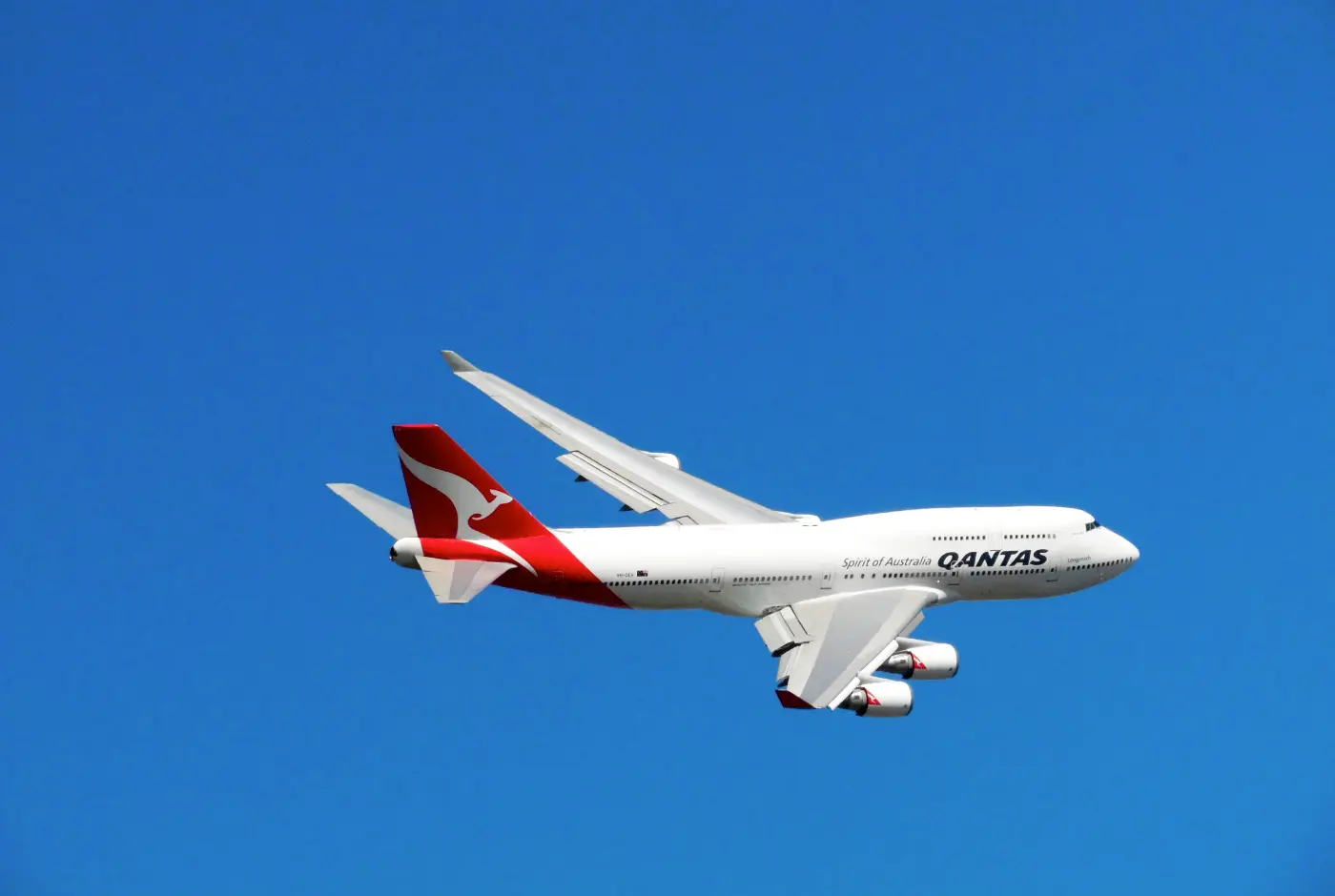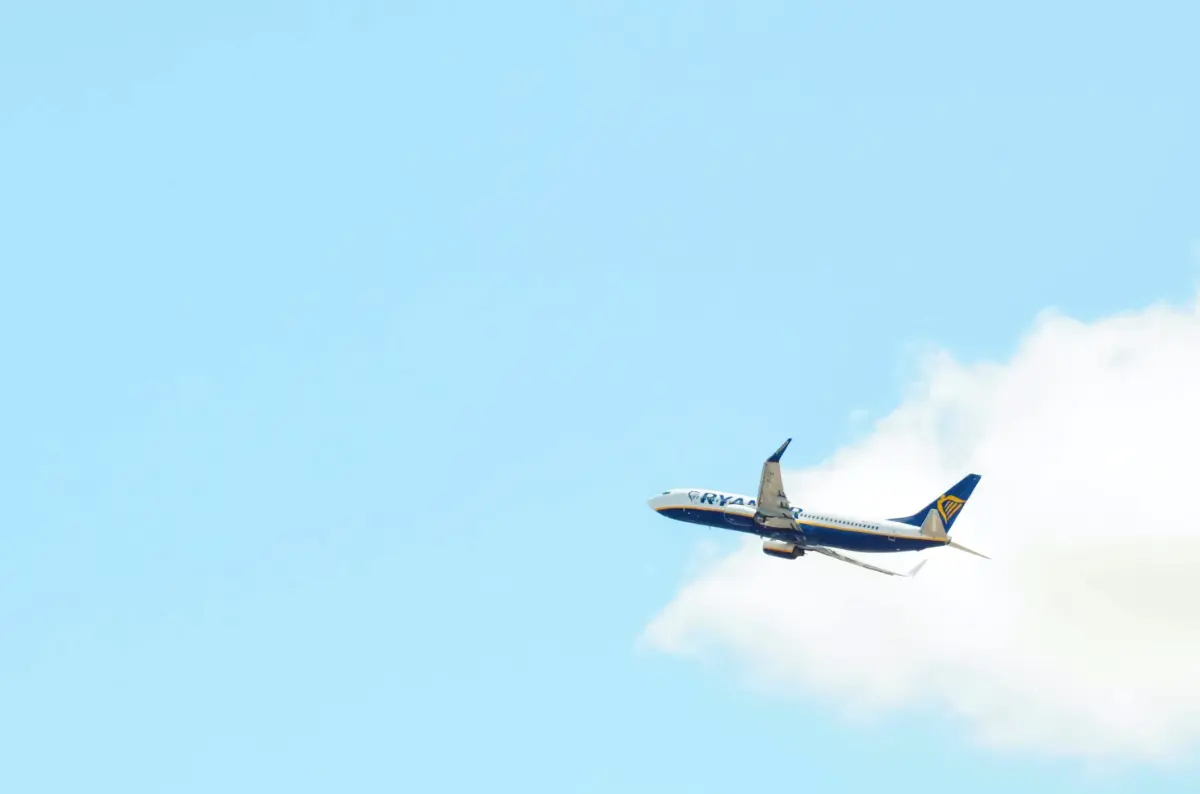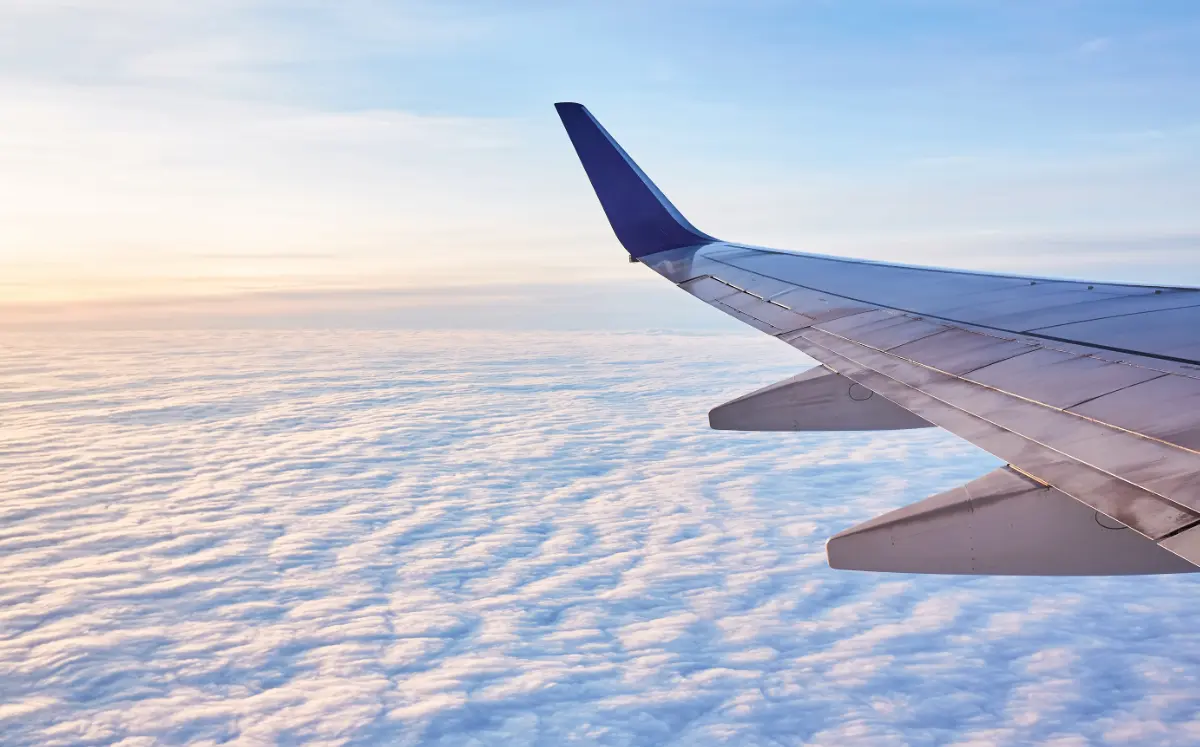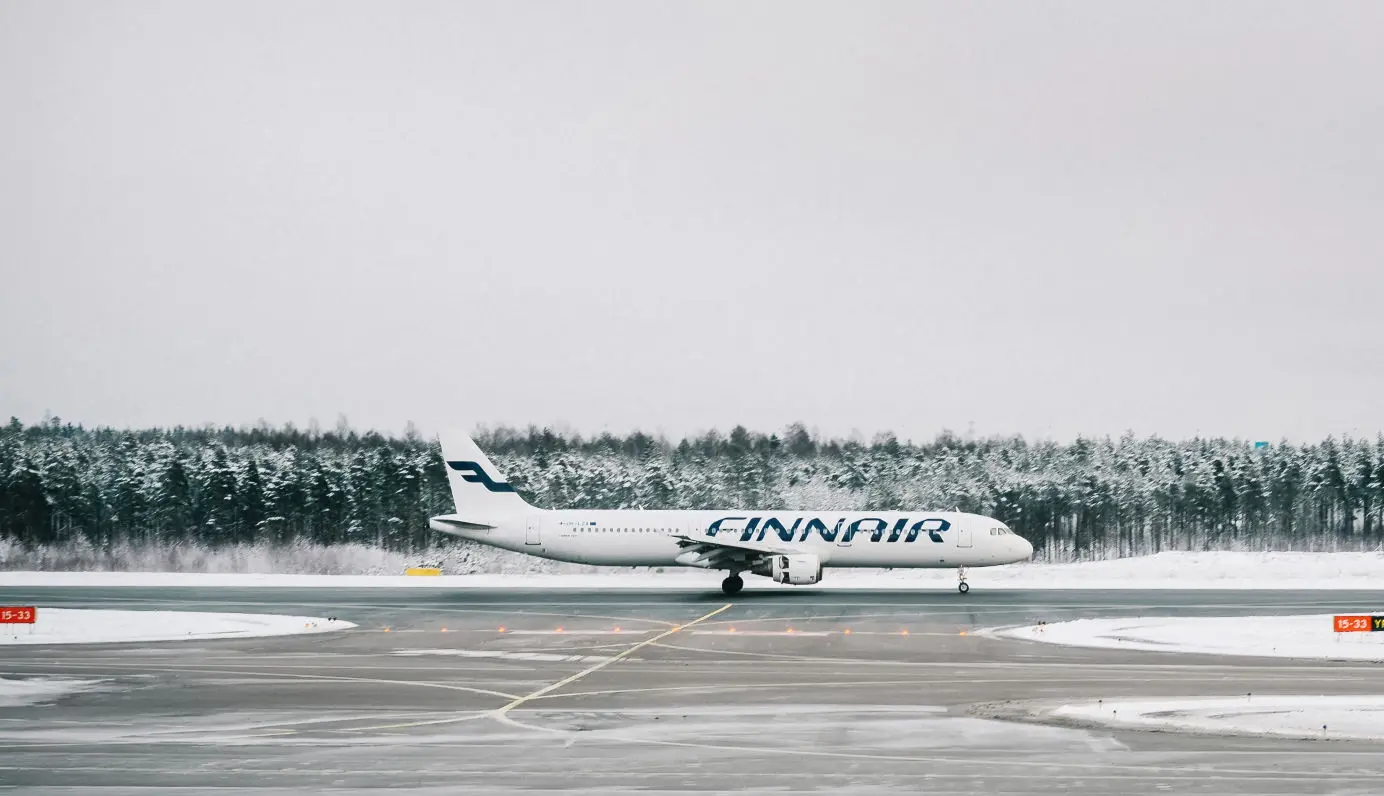
How High Does An Airplane Fly?
Discover how high commercial airplanes fly and why this altitude provides the most fuel efficiency and the safest ride.
Table of Contents
At any given time, the skies over the USA contain around 5,000 commercial planes, and all of them will fly at a specific altitude - do you ever wonder why?
Most commercial aircraft will fly at an average height of 31,000 to 38,000 feet. And planes must stay within a specific altitude range for several reasons, including wind strength and airplane weight.
Continue reading to find out why airplanes fly at this height, if all airplanes follow the same rules, and what happens when an airplane flies too high.
How High Does An Airplane Fly?
In general, commercial aircraft fly at an altitude of 31,000 to 38,000 feet, which equates to somewhere between 5.9 and 7.2 miles (9.5 km and 11.6 km) above the ground.
That area of the sky is called the lower stratosphere and provides many benefits for an airplane flight. The stratosphere sits above the troposphere, and it's the troposphere where most weather events occur. Flying in the stratosphere allows you to avoid these.
Some smaller aircraft often fly at lower altitudes of 25,000 to 30,000 feet during short-haul flights. The main reason for this is that by the time they reached maximum altitude, it would be time to start their descent.
Why Do Airplanes Fly At These Altitudes?
One of the reasons why planes fly above the clouds is to help with flight efficiency. The air gets thinner at high altitudes, meaning there is less air resistance, and the aircraft can fly faster. When large aircraft take off, they aim to get as high as possible, as quickly as possible. Aircraft like these usually reach a cruising altitude just ten minutes after taking off.
Using less fuel to maintain speed means an airline can save significant amounts of money on their flights. In addition, the energy efficiency increases significantly, thereby reducing the carbon footprint.

Pilots also avoid flying airplanes at lower altitudes because of potential obstructions such as birds, which can cause problems during take-off and landing. An altitude of 31,000 to 38,000 feet is sufficiently unobstructed and provides a clear sky free of hazards like birds, drones, and small aircraft.
These altitudes can also help the pilots to avoid turbulence. Many flights experience moderate turbulence due to flying through clouds. Higher altitudes might allow the aircraft to avoid clouds, lessening turbulence. Air traffic controllers will sometimes modify the altitude to avoid them.
Flying at height also gives pilots more time if anything should happen. If the airplane required an emergency landing, the pilot would have far more time to fix the problem or find a safe landing place than if they were flying at an altitude of 10,000 feet.
Do All Aircraft Fly At The Same Altitude?
Not all aircraft fly at the same heights. Smaller private planes, for example, fly at lower altitudes, generally staying below 15,000 feet. According to the National Business Aviation Association, the reason is that many private planes use piston-powered engines similar to those in your car.
Piston-powered engines can only provide enough power for shorter flights and limit what the plane can do (such as how high it can climb).
Pilots avoid flying smaller aircraft at high altitudes due to potential health issues such as hypoxia (caused by the tissues receiving an insufficient oxygen supply). As you reach higher altitudes, the air gets thinner, and oxygen levels decrease. That can be a problem for small aircraft that aren't pressurized like commercial jet airliners.
According to Thrillist, the airplane's weight, plus the atmospheric conditions at the time of the flight, determine the exact altitude each aircraft cruises at. While pilots maintain control of the plane itself, air dispatchers often decide the altitude at which each aircraft will fly.
What Happens If An Airplane Flies Too High?
While planes can fly higher than 38,000 feet, flying too high can present serious safety concerns for the flight.
An airplane's wings create lift by forcing air more slowly over the wing than under the wing. This creates a higher air pressure under the wing, which pushes the wing (and thus the aircraft) upwards. Therefore, a specific air density is required for lift creation. However, air density decreases with altitude. At a certain point, the air density becomes insufficient for the aircraft to create and maintain lift. The aircraft would then be unable to go any higher, and stalling becomes a possible danger.

A lower air density also introduces another problem. If an airplane cruises too high, there won't be enough oxygen available as the air gets thinner the higher it flies. Jet engines rely on air for combustion to generate thrust. Without enough air, the aircraft won't be unable to maintain altitude as the engines won't be able to deliver sufficient power.
Additionally, the higher the plane flies, the longer time it takes to return to a safe altitude in the event of an emergency. Plus, flying at high altitudes isn't fuel efficient. Here, planes need more fuel to travel a shorter distance, whereas lower altitudes provide wind assistance.
Another reason airplanes don't cruise at too high altitudes is because of the sheer weight of the aircraft. The heavier the aircraft, the more energy (thus fuel) it requires to maintain certain altitudes.
Final Thoughts
How high does an airplane fly? Modern jet airliners fly between 31,000 and 38,000 feet, which is the optimum altitude to balance several factors such as wing lift, engine thrust, and weather conditions.
Fly too low, and you'll encounter several obstacles while combatting weather forces and higher fuel consumption. Fly too high, and you risk losing the engine's thrust, risking a dangerous stall. Instead, altitude is about finding the optimal flight level where everything is in balance for a safe and efficient flight.
Planenerd Newsletter
Join the newsletter to receive the latest updates in your inbox.






